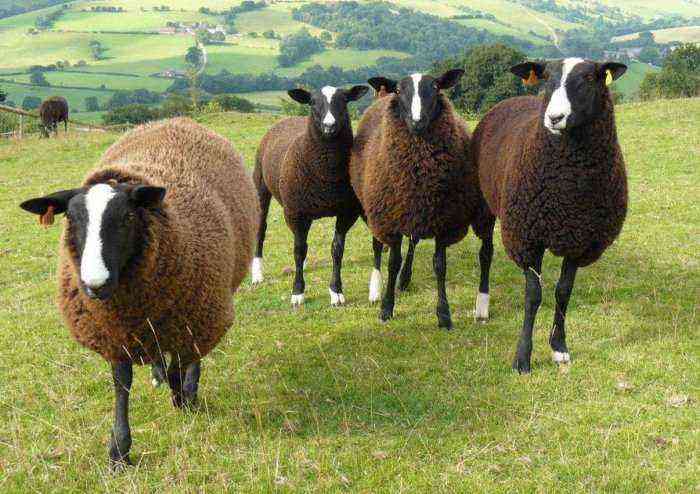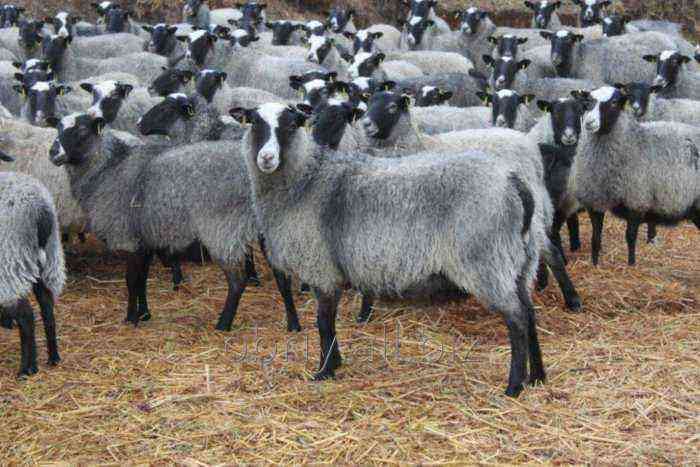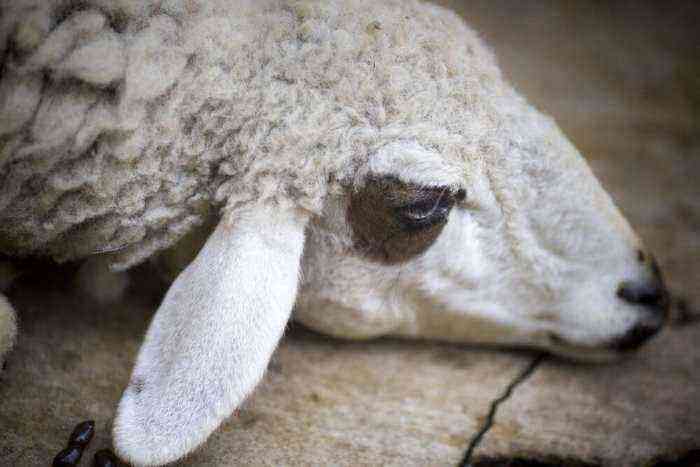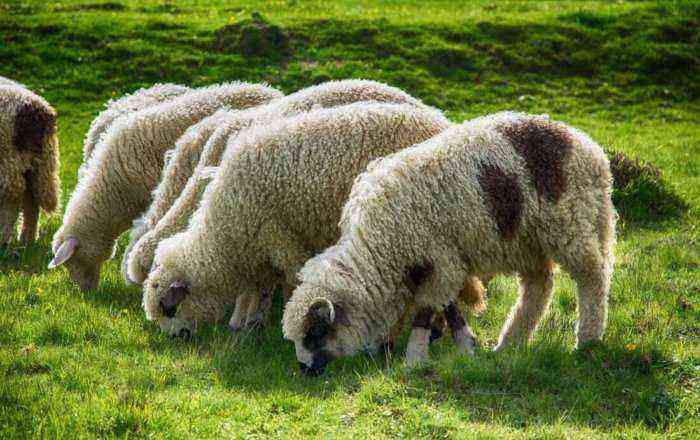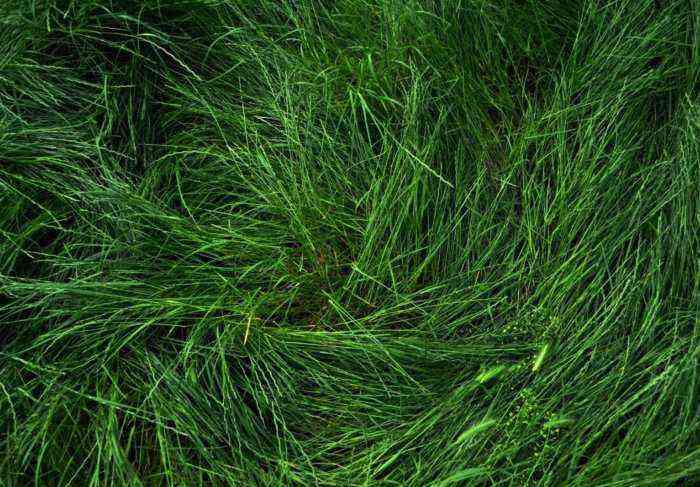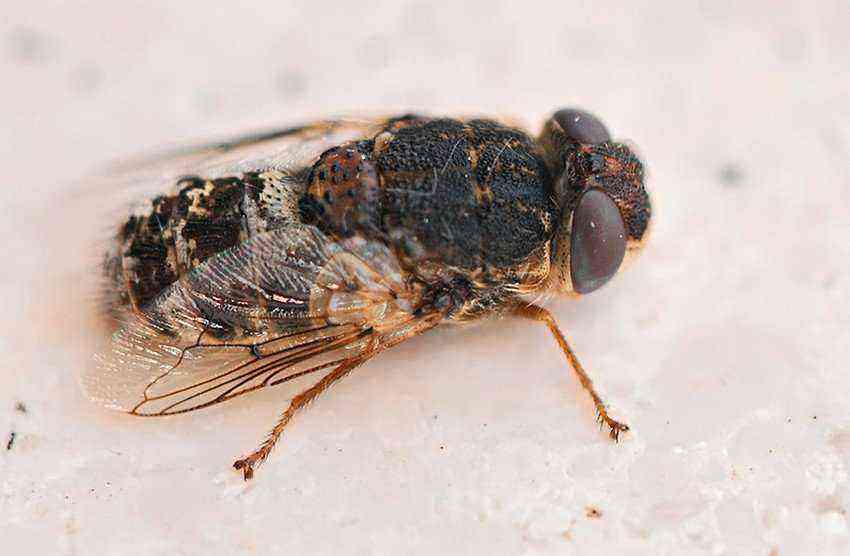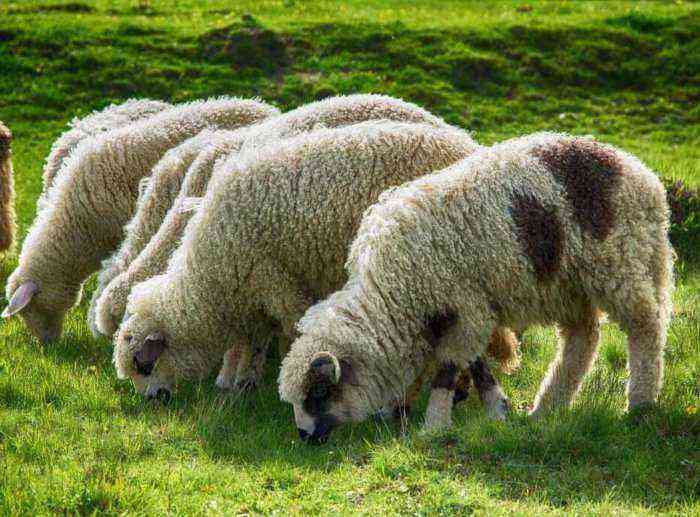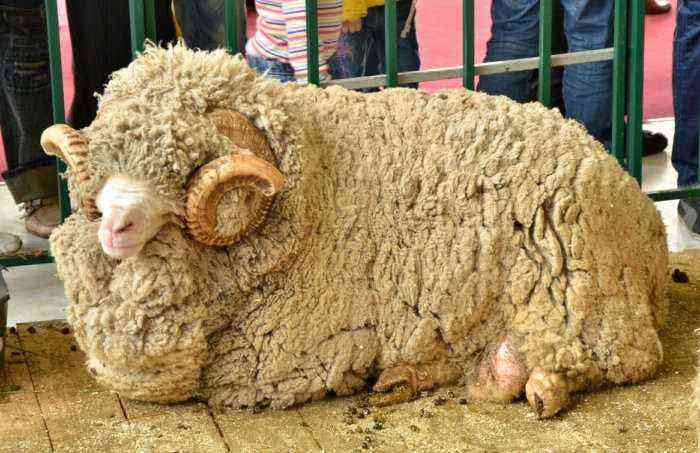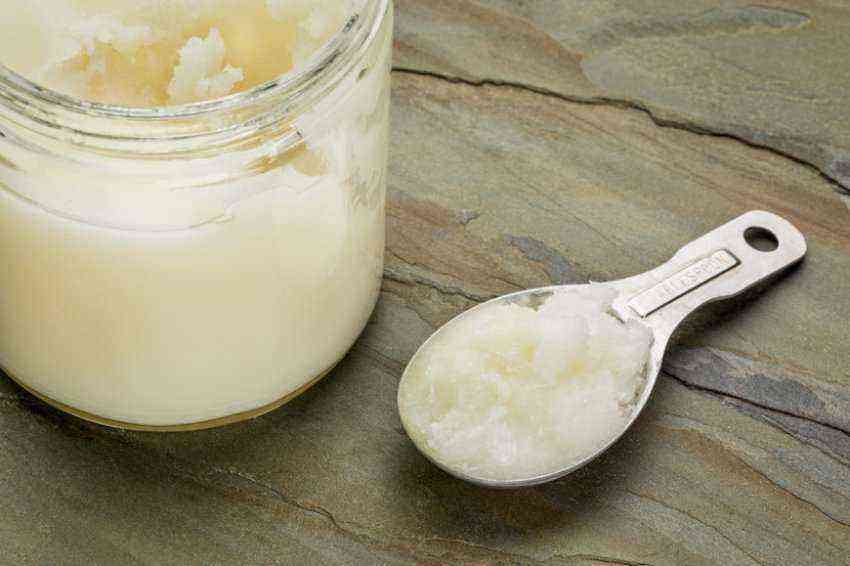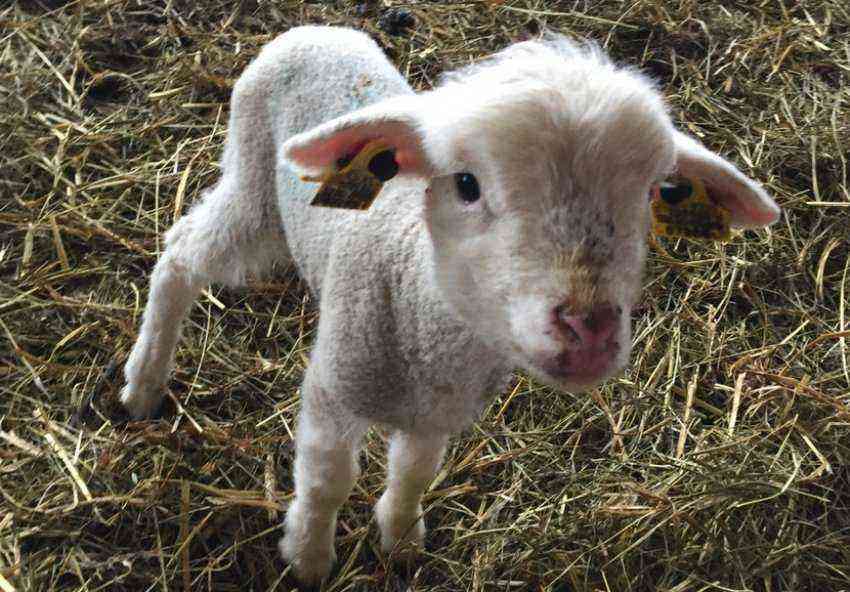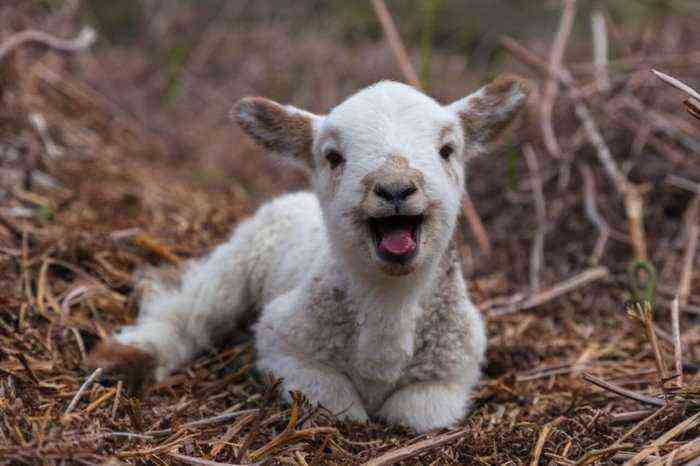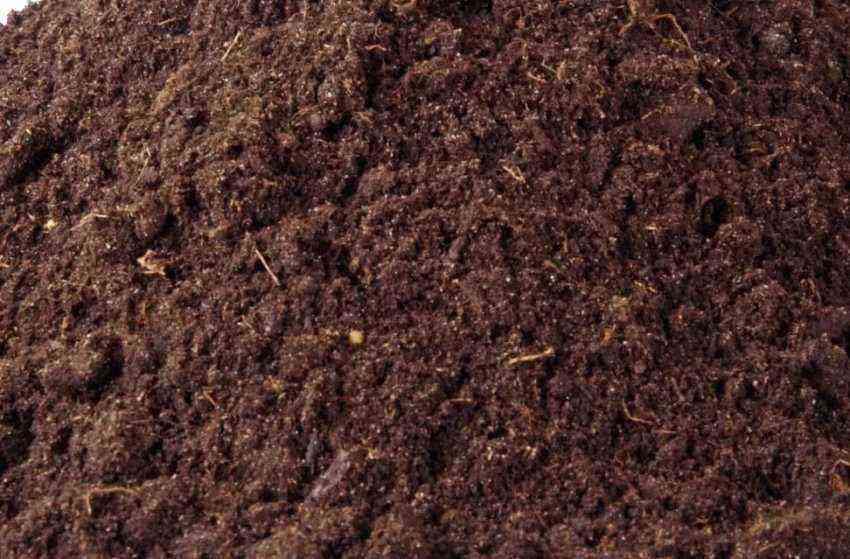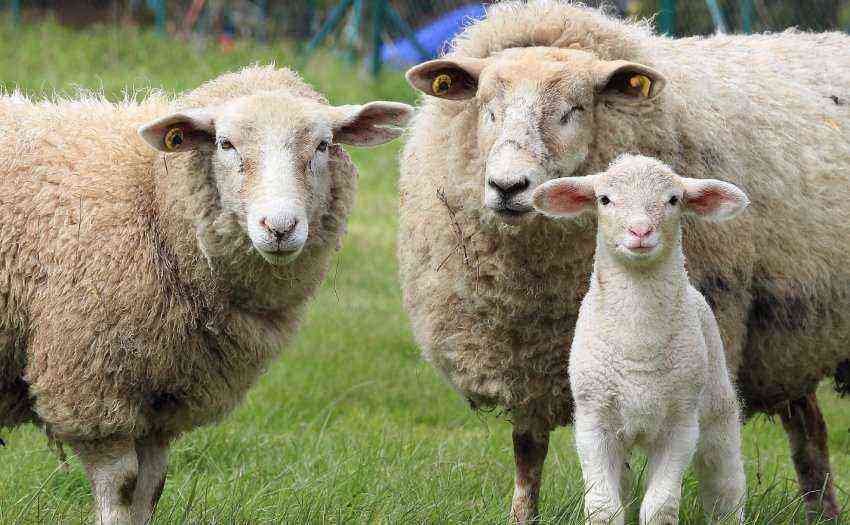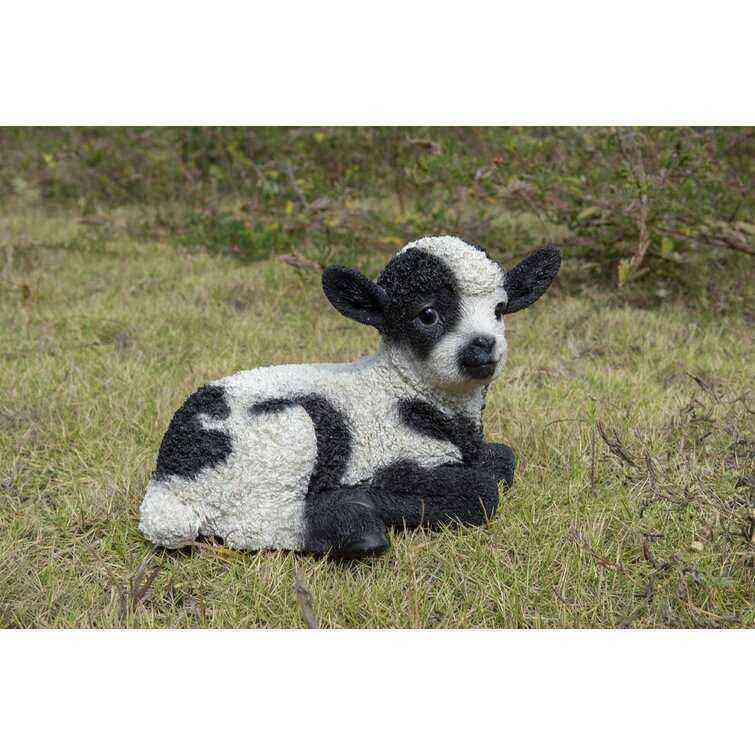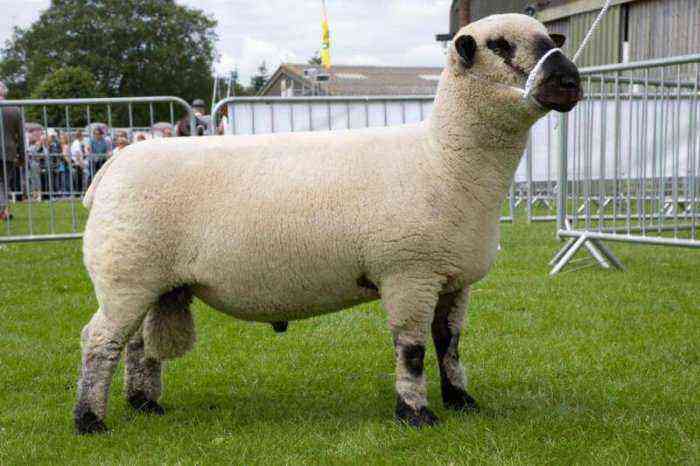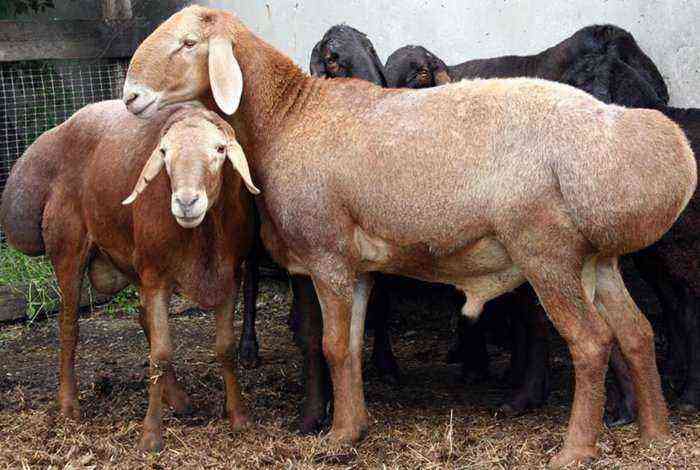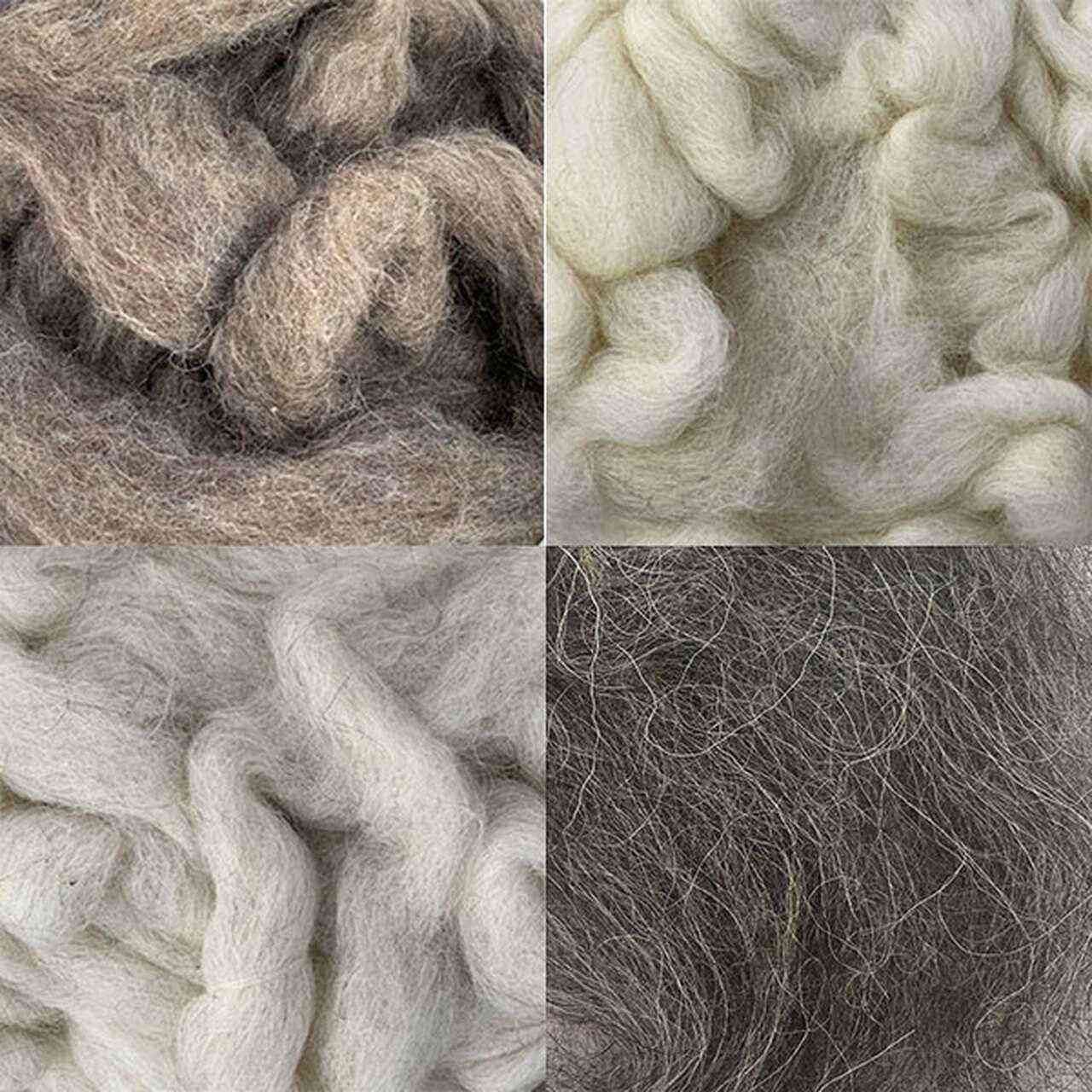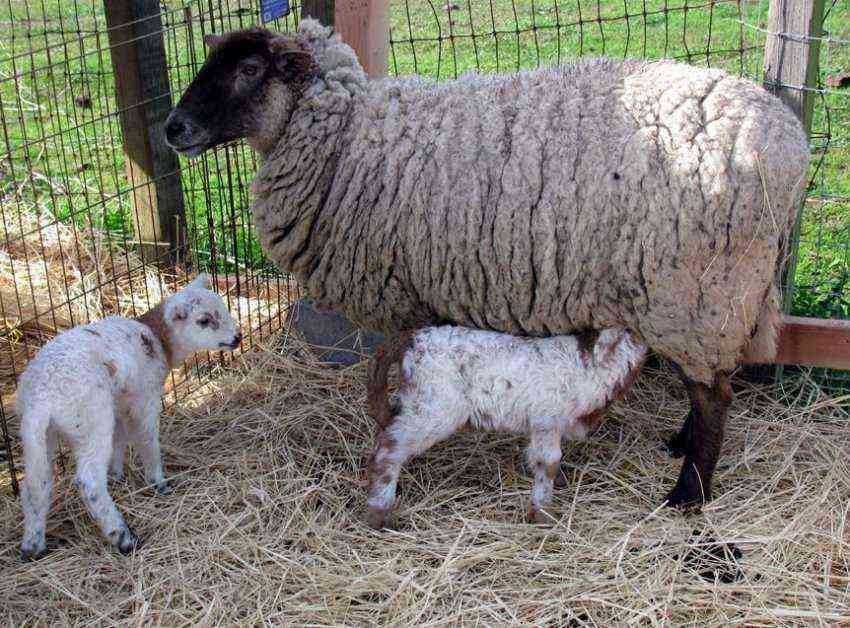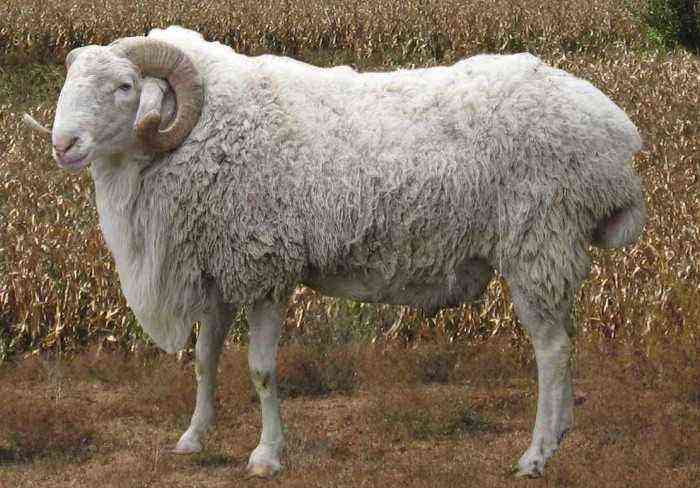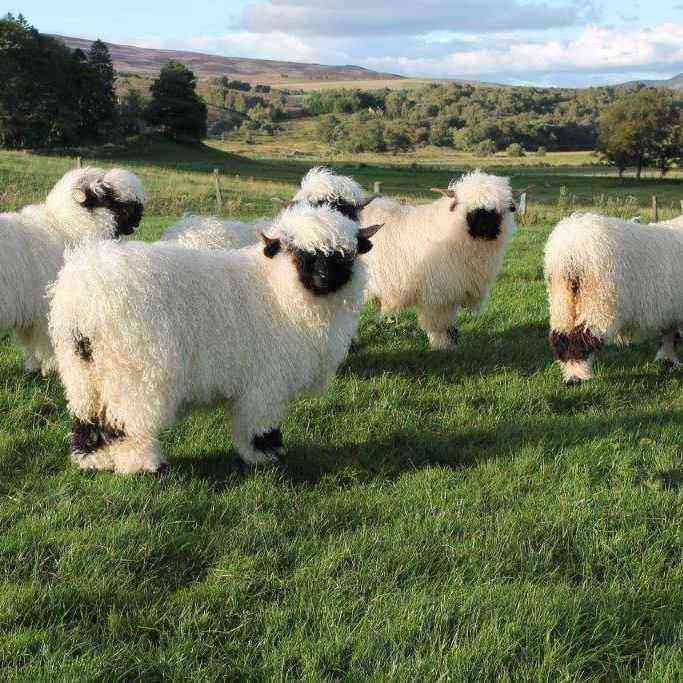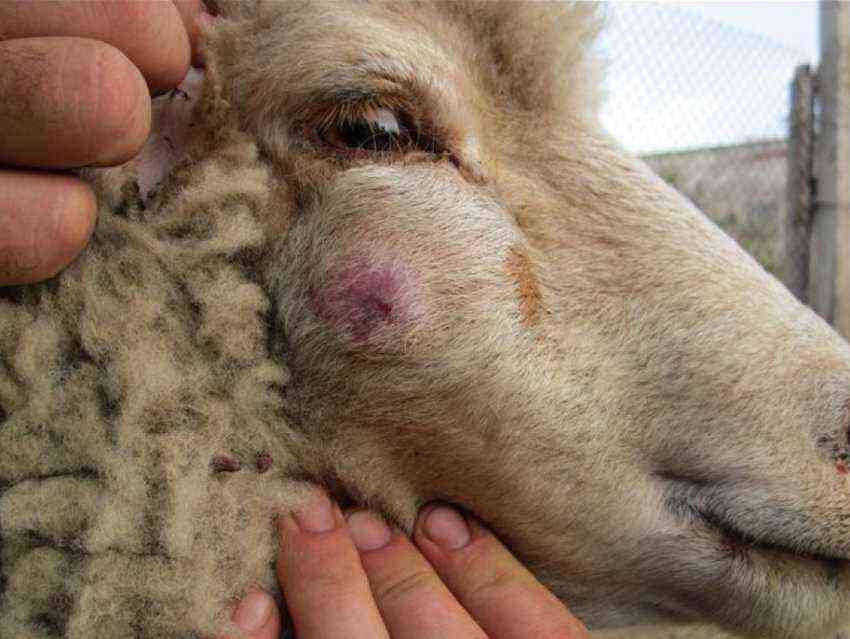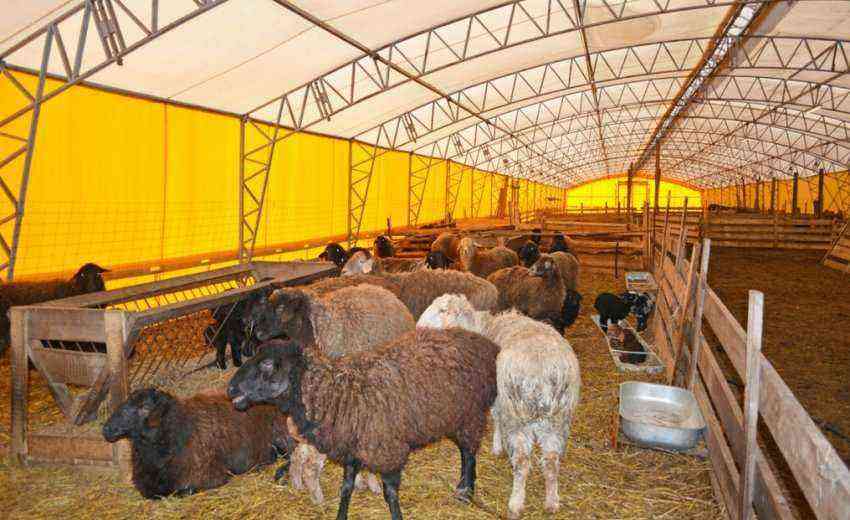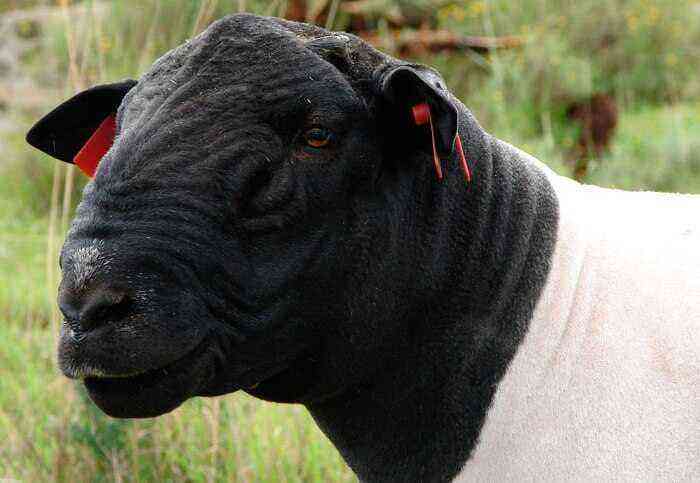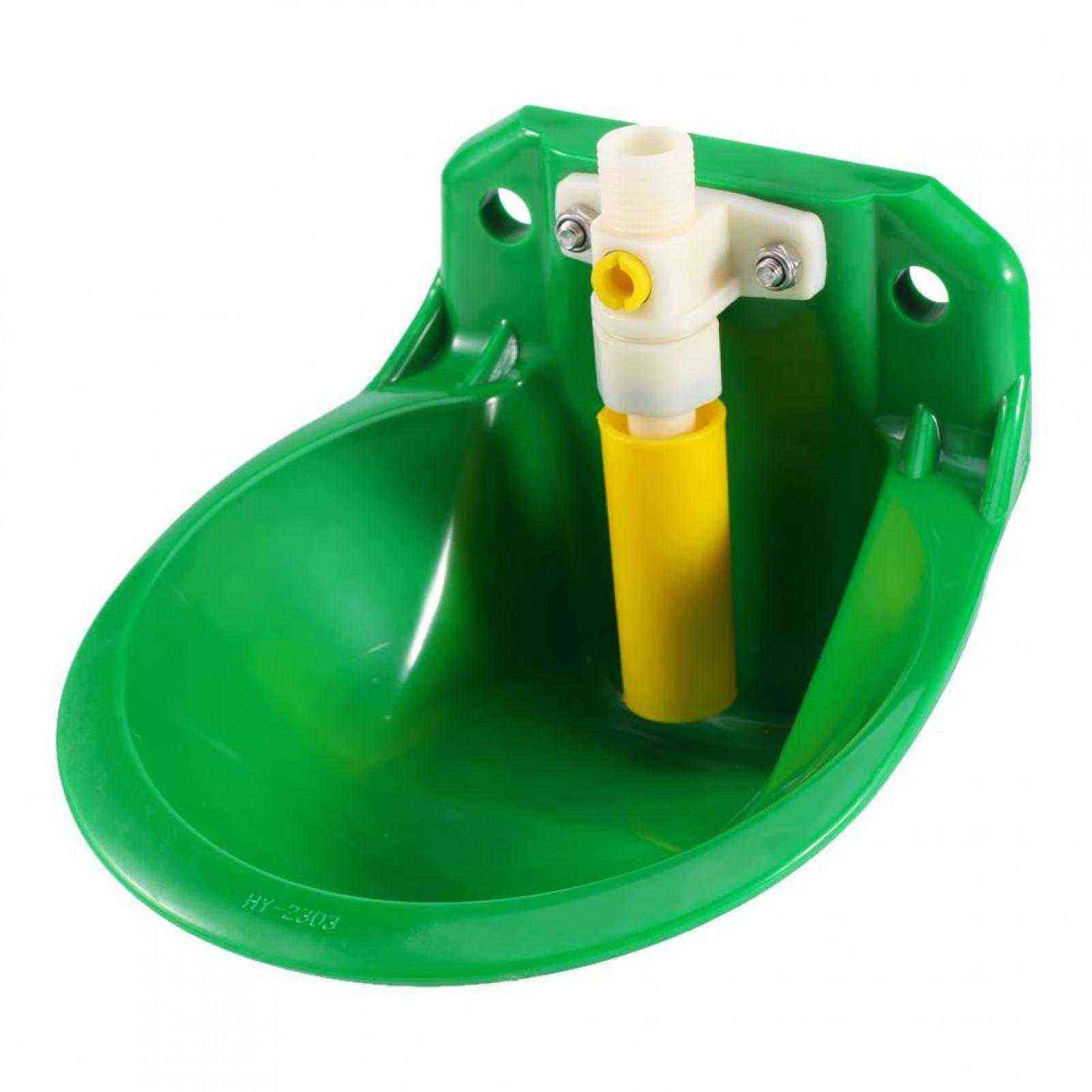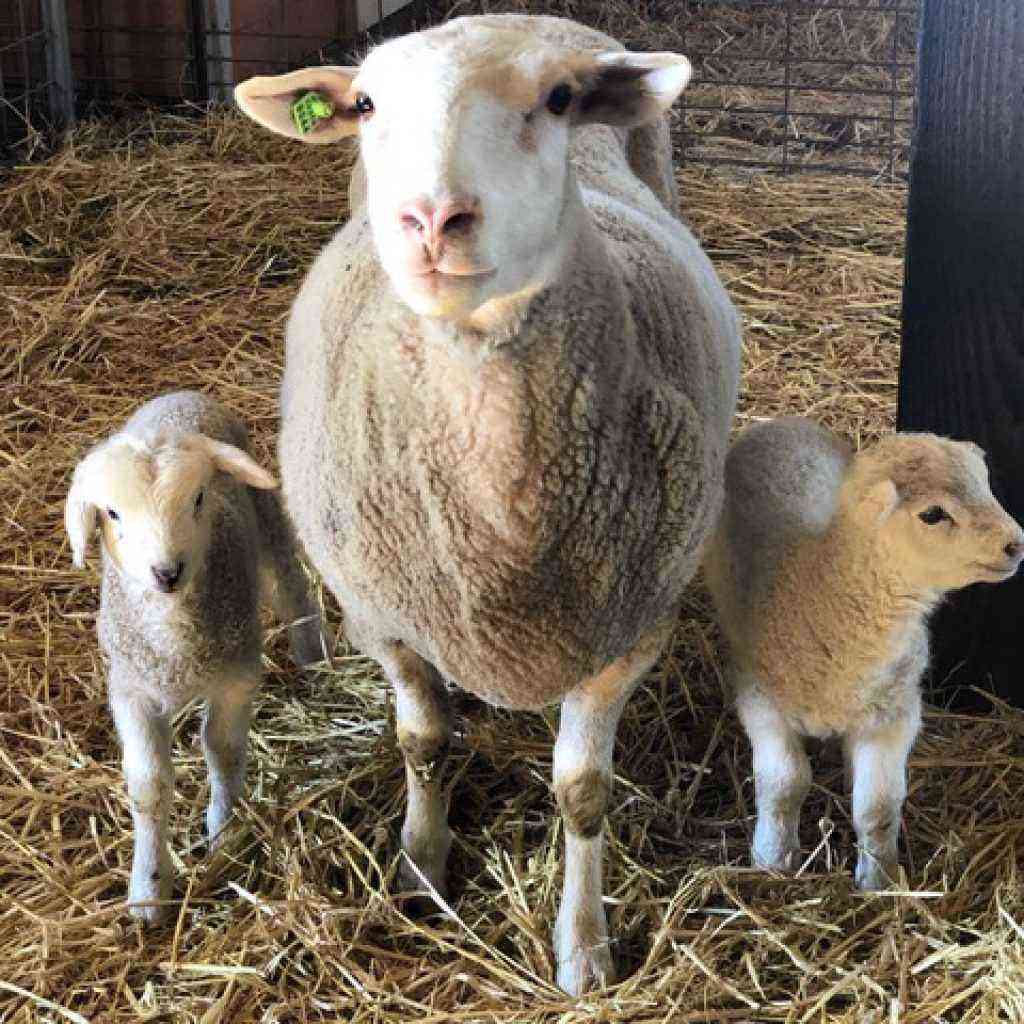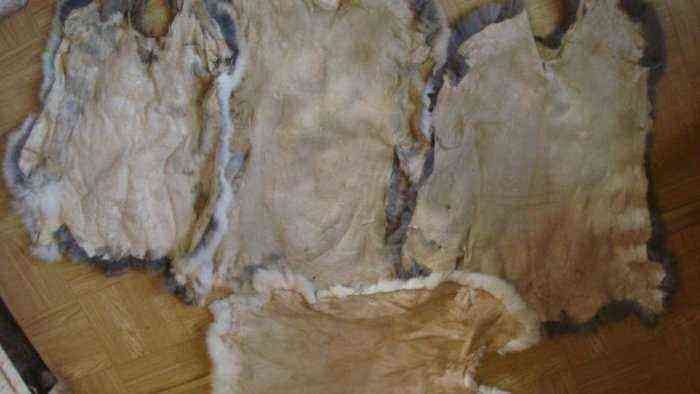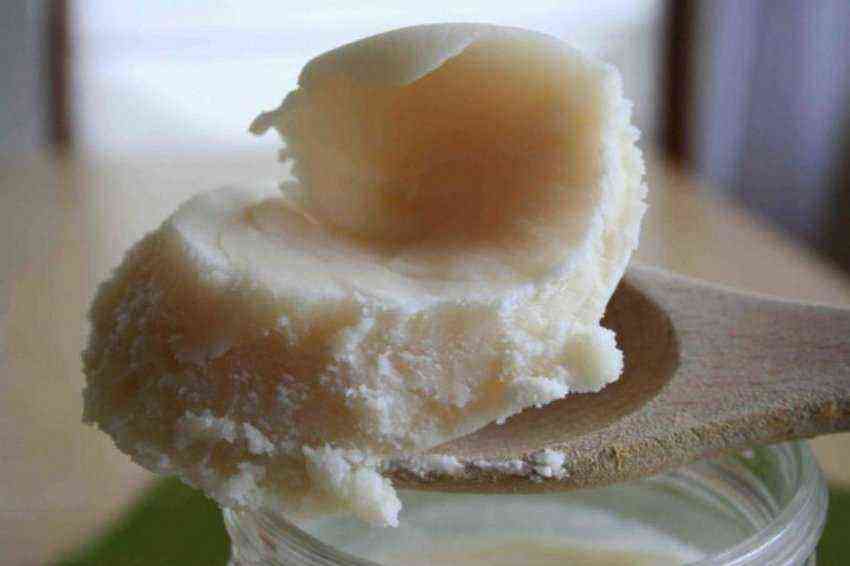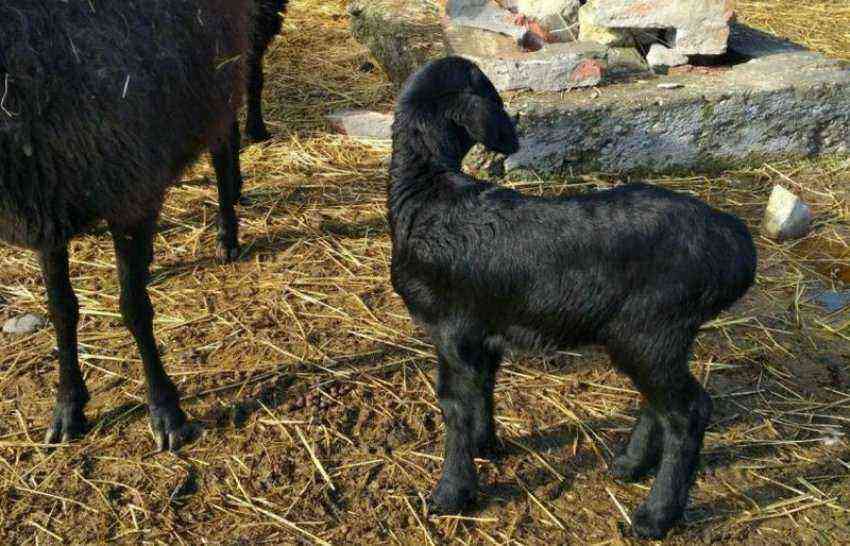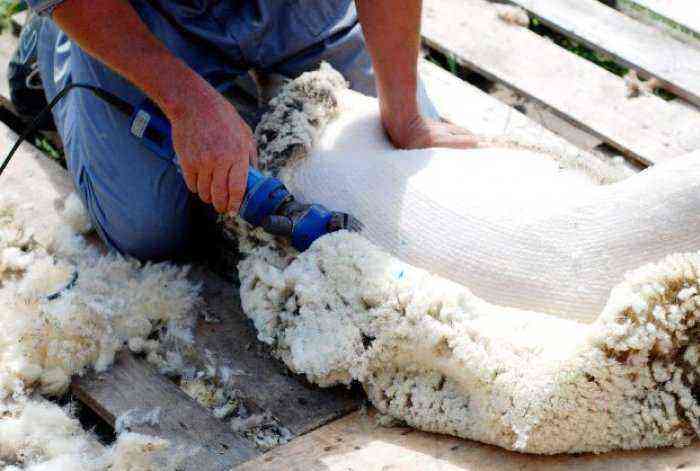In regions where it gets cold in winter, stall keeping of sheep is practiced. Often this method is also used in areas where there is no way to graze animals due to poor vegetation cover on pastures. Animals are kept in a room that serves as a shelter from rain and cold, sheepfolds or sheepfolds. What are the features of the stall content, its advantages and disadvantages, readers will learn from this article.
Keeping sheep in a stall
Features of the stall keeping of sheep
When choosing a way to keep sheep, farmers take into account not only the climate of the area where they live. Other factors need to be taken into account:
- features of the breed of sheep;
- the age of the animals;
- growing direction;
- the ability to provide sheep with feed;
- how far pastures are from koshara.
Some breeds cannot be kept only in a stall, they need physical activity, while others completely do without walking. When sheep are constantly in the sheepfold, they don’t get fresh grass, which means that feed costs go up.
Attention! Keeping livestock in a stall on a permanent basis is considered justified if the animals are fattened for meat.
Koshary and sheepfold are presented in two varieties:
- General. They are designed for sheep of different sex and age.
- Specialized. Separate categories of animals live in them, disbanded according to gender, age or needs.
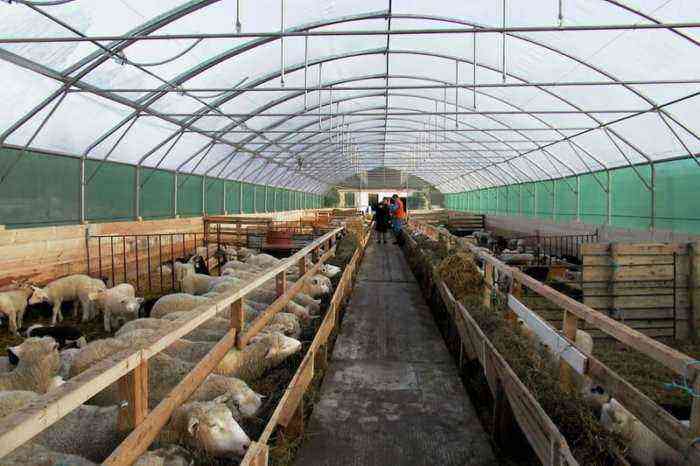
Koshary and sheepfolds of two varieties
Advantages and disadvantages
Keeping sheep in a stall all year round or for 7-8 months has both advantages and disadvantages. Consider first the advantages of this method:
- The food base is controlled by man. Animals get the amount of food they need. The feed is checked for signs of spoilage, which eliminates the possibility of poisoning and other health problems.
- Animals gain weight faster because they do not expend energy on long transitions. The quality of meat improves, it is tender and juicy.
- Animals living in barns permanently are less susceptible to infection with helminths and ectoparasites.
- This method of keeping sheep eliminates dependence on weather conditions.
- Animal hair remains clean, weed seeds do not cling to it, dirt does not stick.
The disadvantages of stall maintenance include:
- Increasing the cost of buying food. When grazing on the pasture, they are hardly supplemented, but, being constantly indoors, they need to be provided with a complete diet.
- Animals are more prone to stress due to monotony.
- There is a possibility of developing obesity. Without movement, a fatty layer forms in pets, which gives the meat an unpleasant odor.
- Low mobility negatively affects the condition of the hooves.
- In animals deprived of walks in the fresh air, appetite worsens and metabolism slows down.
Attention! Given the advantages and disadvantages of stall keeping, it is recommended to combine it with grazing in the summer.
Sheepfold arrangement
The arrangement of the barns must be approached with all seriousness, because the sheep will be there most of the time. Things to take care of:
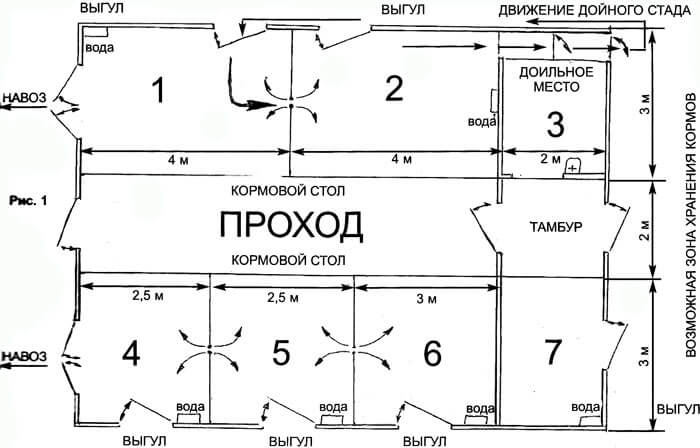
Sheepfold building plan
- Temperature regime. Inside the sheepfold, the temperature is maintained at least 8 degrees Celsius. In compartments for ewes with lambs, the temperature should not fall below 17 degrees. To preserve heat, the floor is raised above the ground by 20 cm. All cracks must be sealed – a draft is detrimental to sheep.
- Ventilation. The barn is equipped with supply and exhaust ventilation to remove stale air containing ammonia and hydrogen sulfide vapors.
- Lighting. Well, if the room has windows. Without daylight, animals feel bad. For lighting in the evening, you will need fluorescent lamps.
- The room is equipped with the required number of feeders and drinkers. You will need a lot of water, since each sheep drinks 6-10 liters per day. It is necessary to ensure that the water was in the drinkers constantly.
- Straw or hay bedding is laid on the floor – 200 grams of bedding material is allocated for each sheep.
Attention! Sheepfold area is calculated based on the number of cattle. Each individual has 2-3 m2 of free space.
Recommendations for farmers
Since sheep housing is associated with many negative factors affecting the health of animals, the task of the farmer is to minimize its consequences.
What to look for:
- It is important to properly compose a diet for pets, including hay, root crops, cereals, vitamins and minerals.
- Animals should be in the air at least a little. If possible, you need to equip a walking area with a canopy. Walking outside near the sheepfold will have a beneficial effect on the appetite and general well-being of animals.
- It is necessary to monitor the level of humidity inside the barn. Exceeding the allowed values leads to unpleasant consequences. One of them is foot rot disease.
- It is correct to keep young animals separately. If all age groups live together, then the lambs will be constantly malnourished.
- Purity. Regular change of litter – this measure cannot be neglected, otherwise the fibers of sheep’s wool will begin to break down when urea, which accumulates in the litter, gets on them.
- With stall keeping, every 2 weeks, the animals’ hooves are inspected, if necessary, they are cleared.
Stalling is not the best option for sheep, although it has a number of advantages. In most cases, it is forced, for example, due to the remoteness of pastures. But even in regions with harsh and long winters, it is recommended to graze animals on pasture in spring and summer. It is there that they receive vitamins and actively move, which is good for health.

